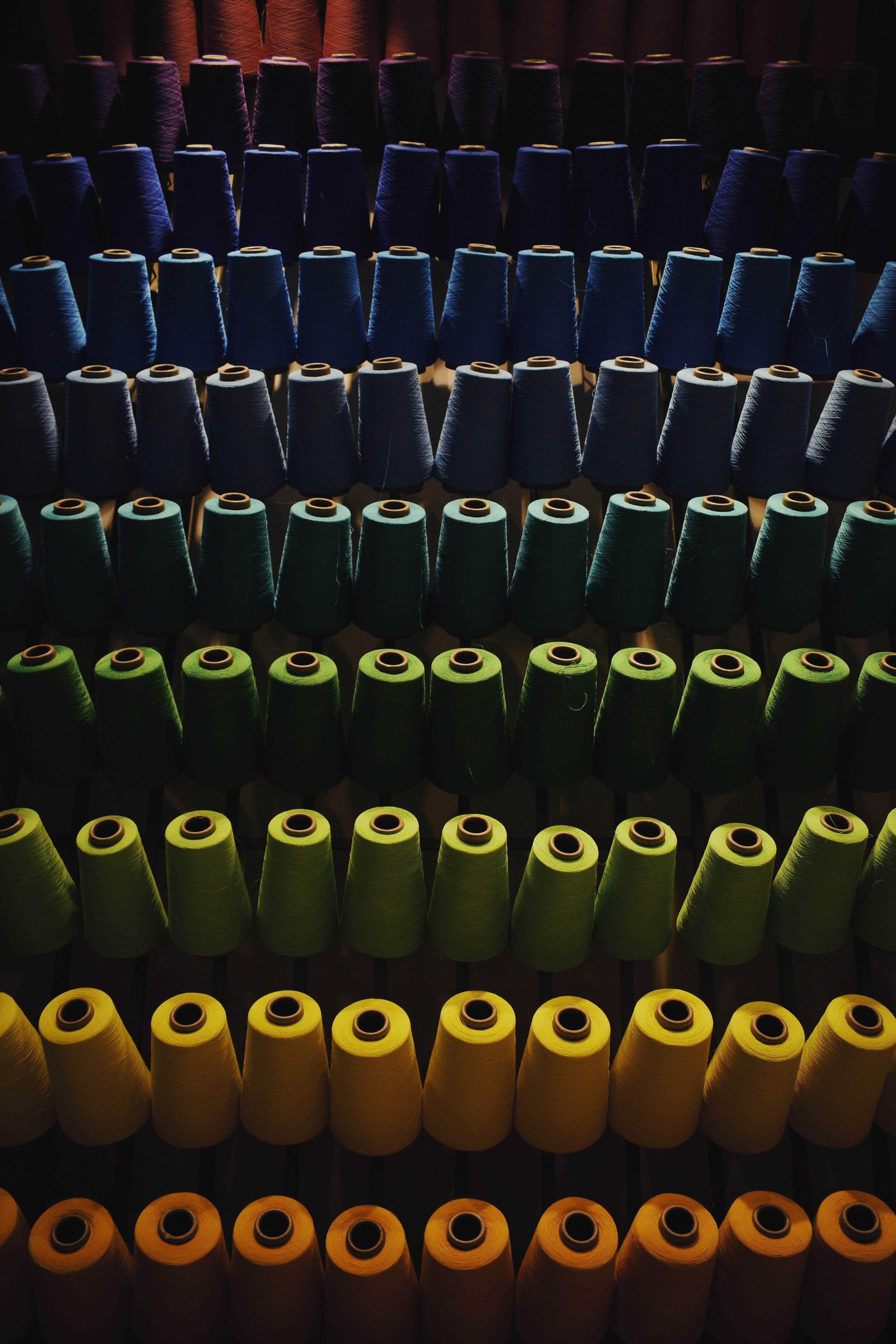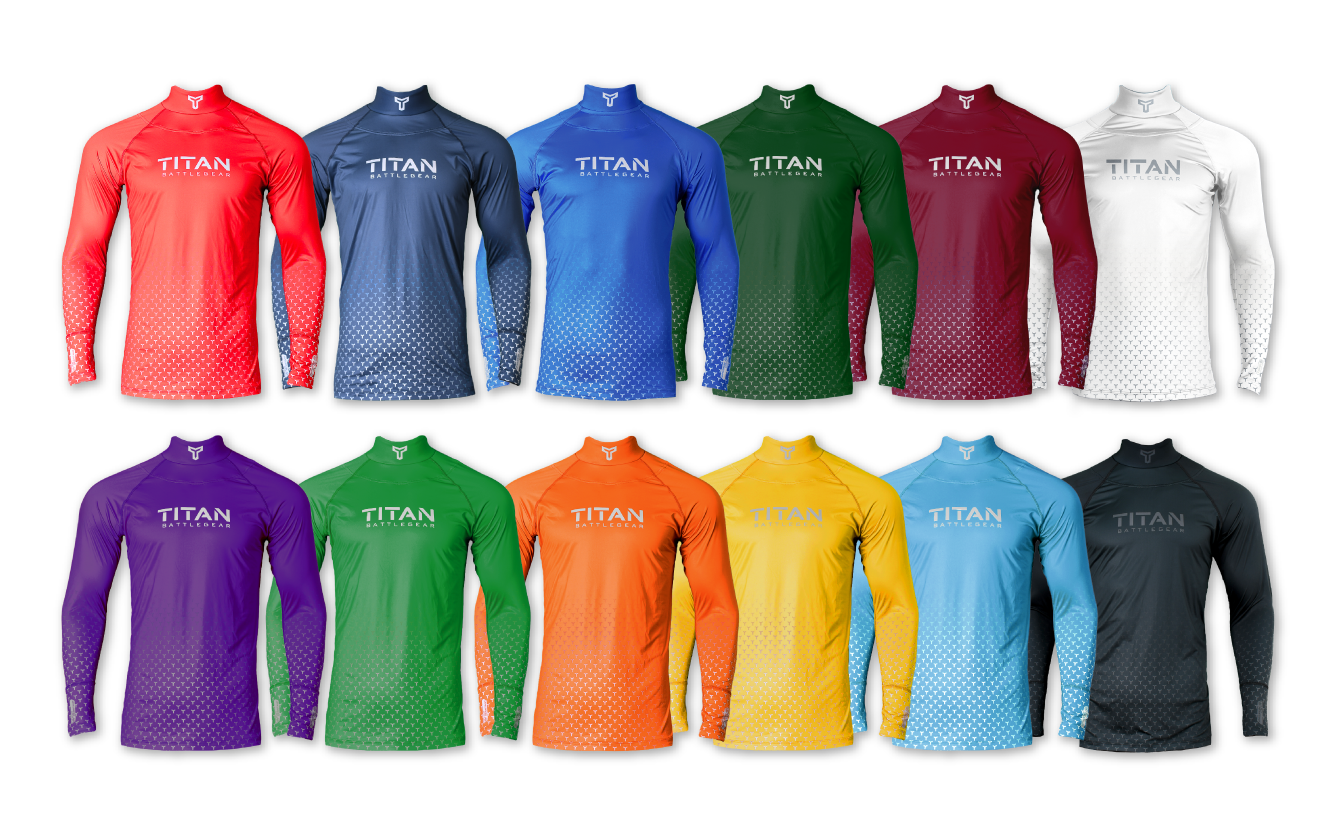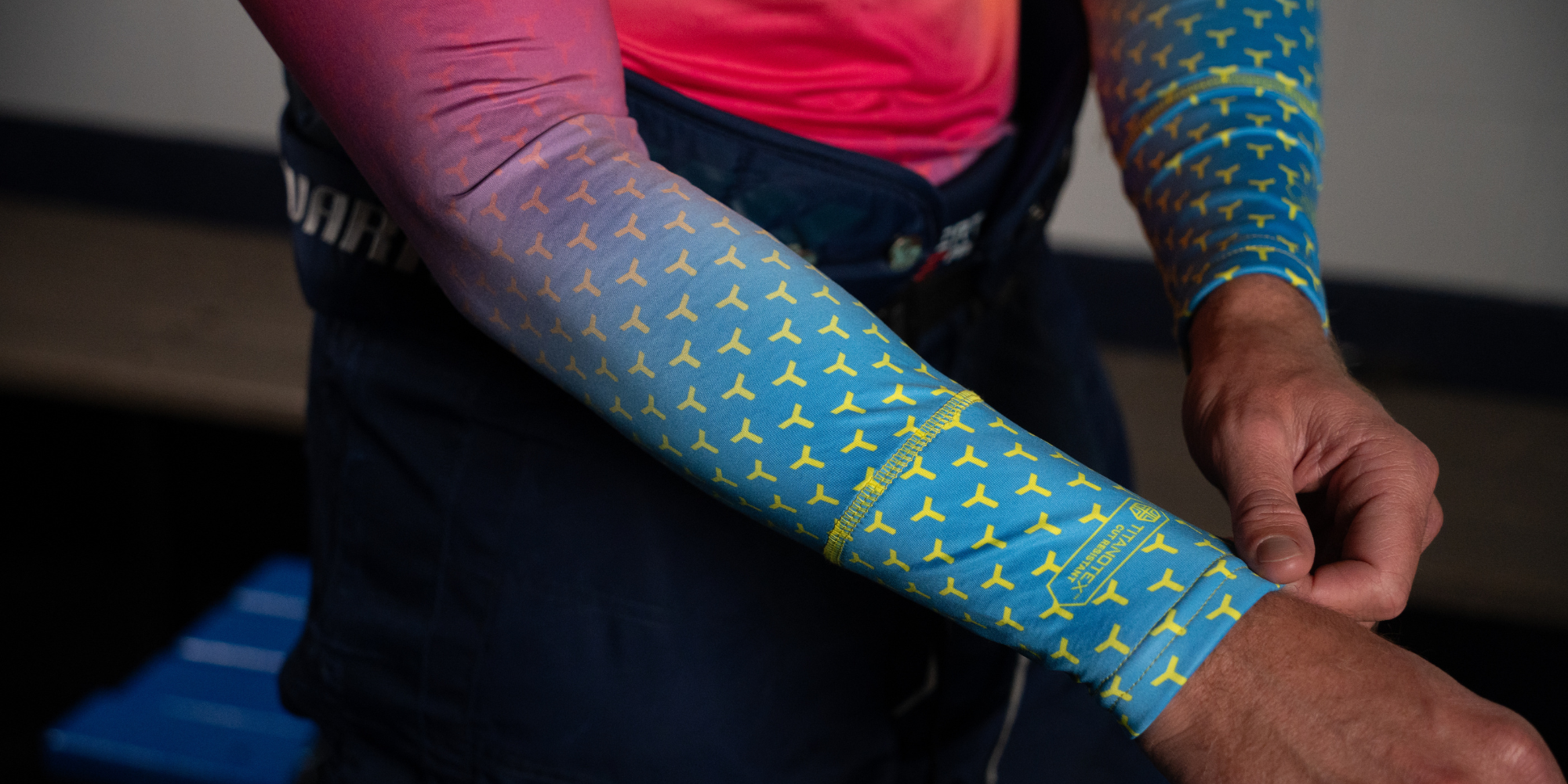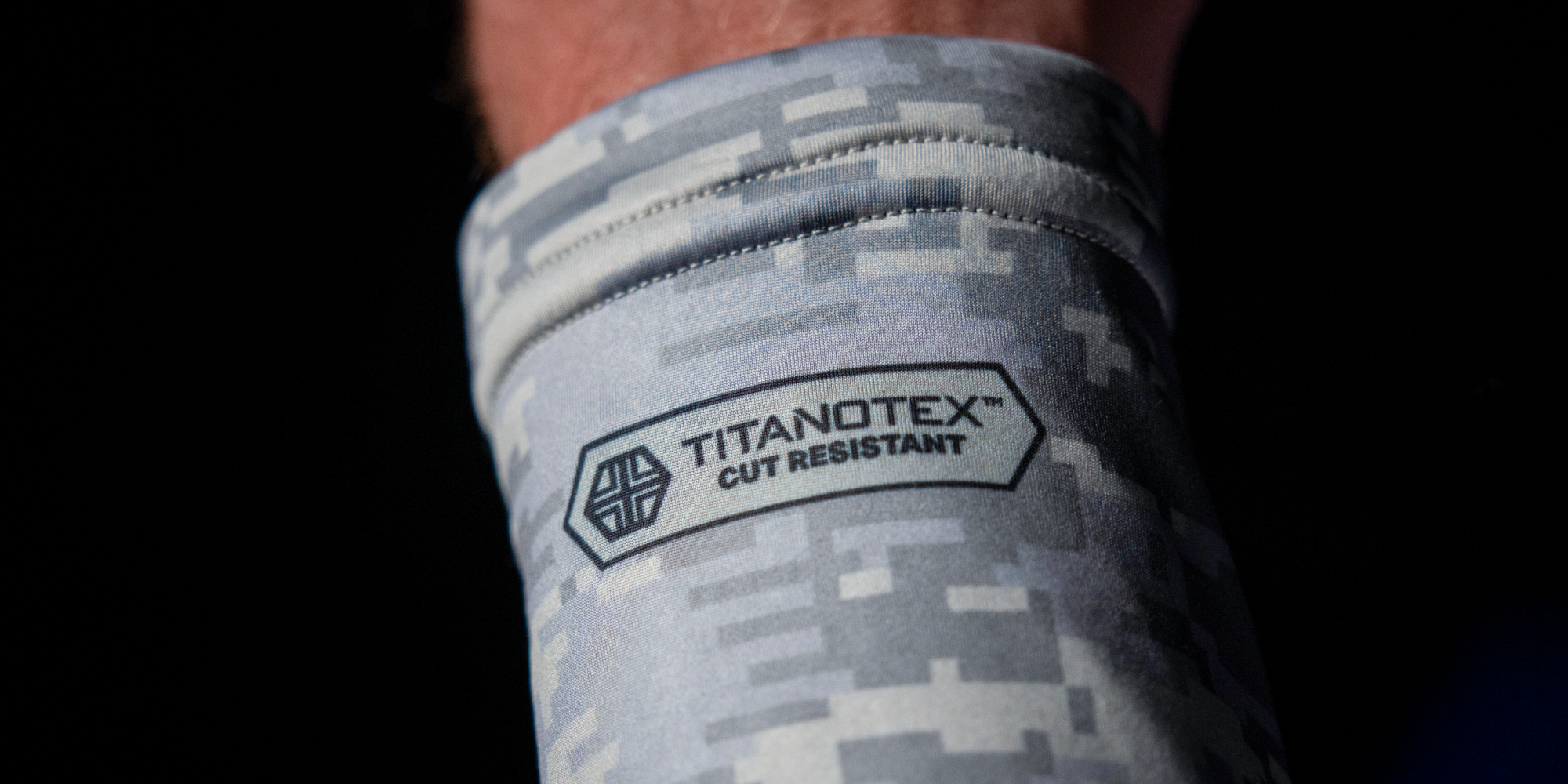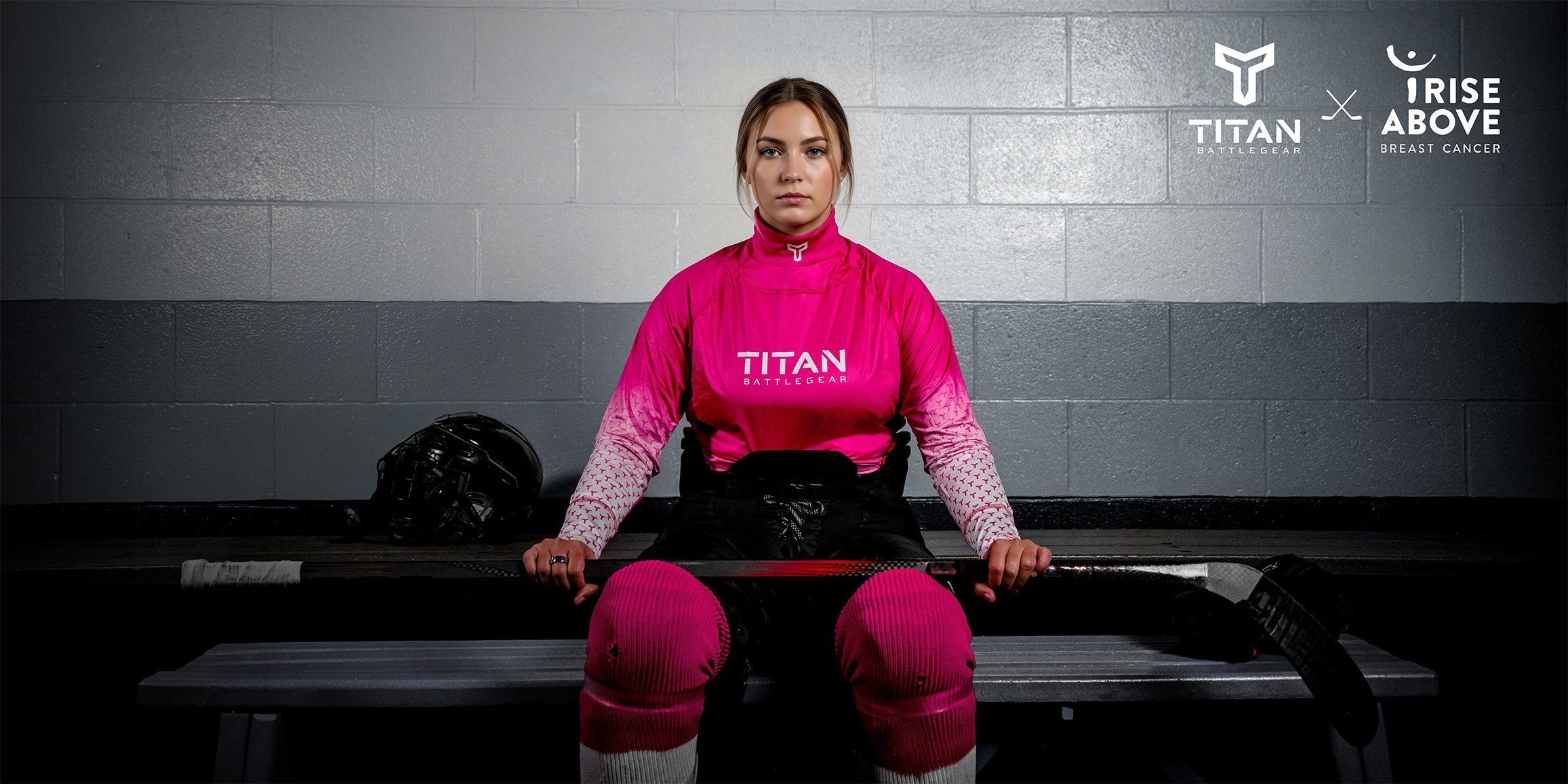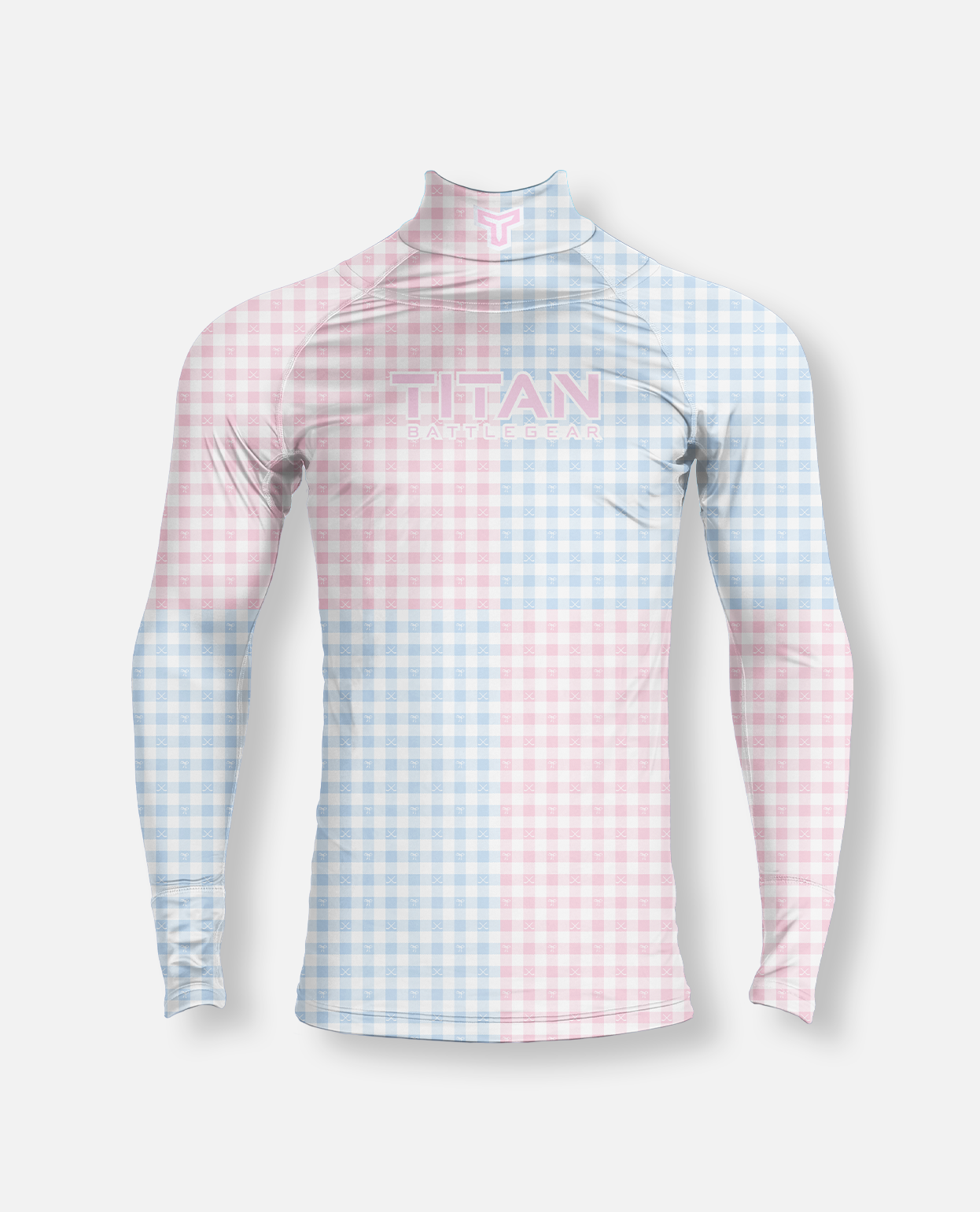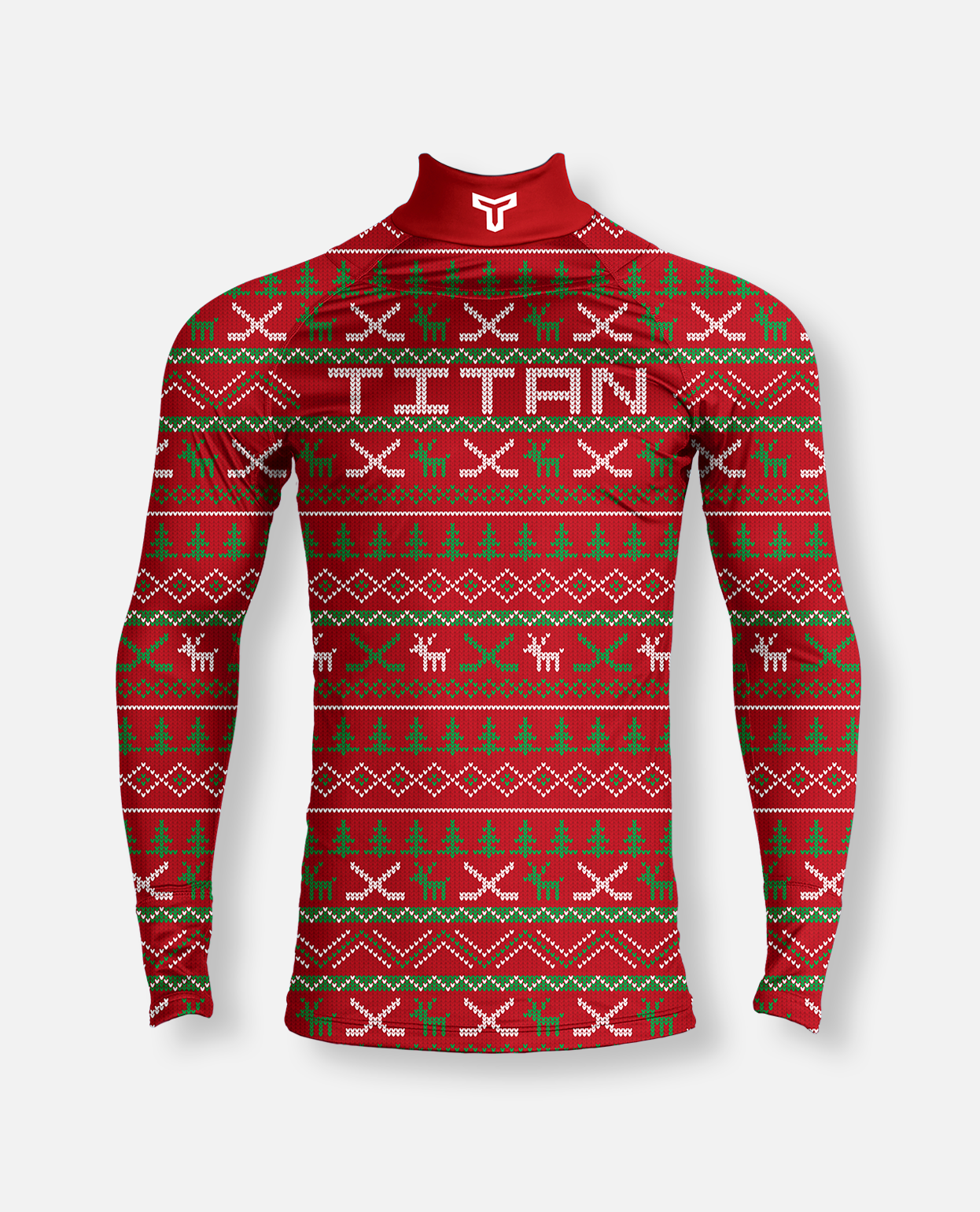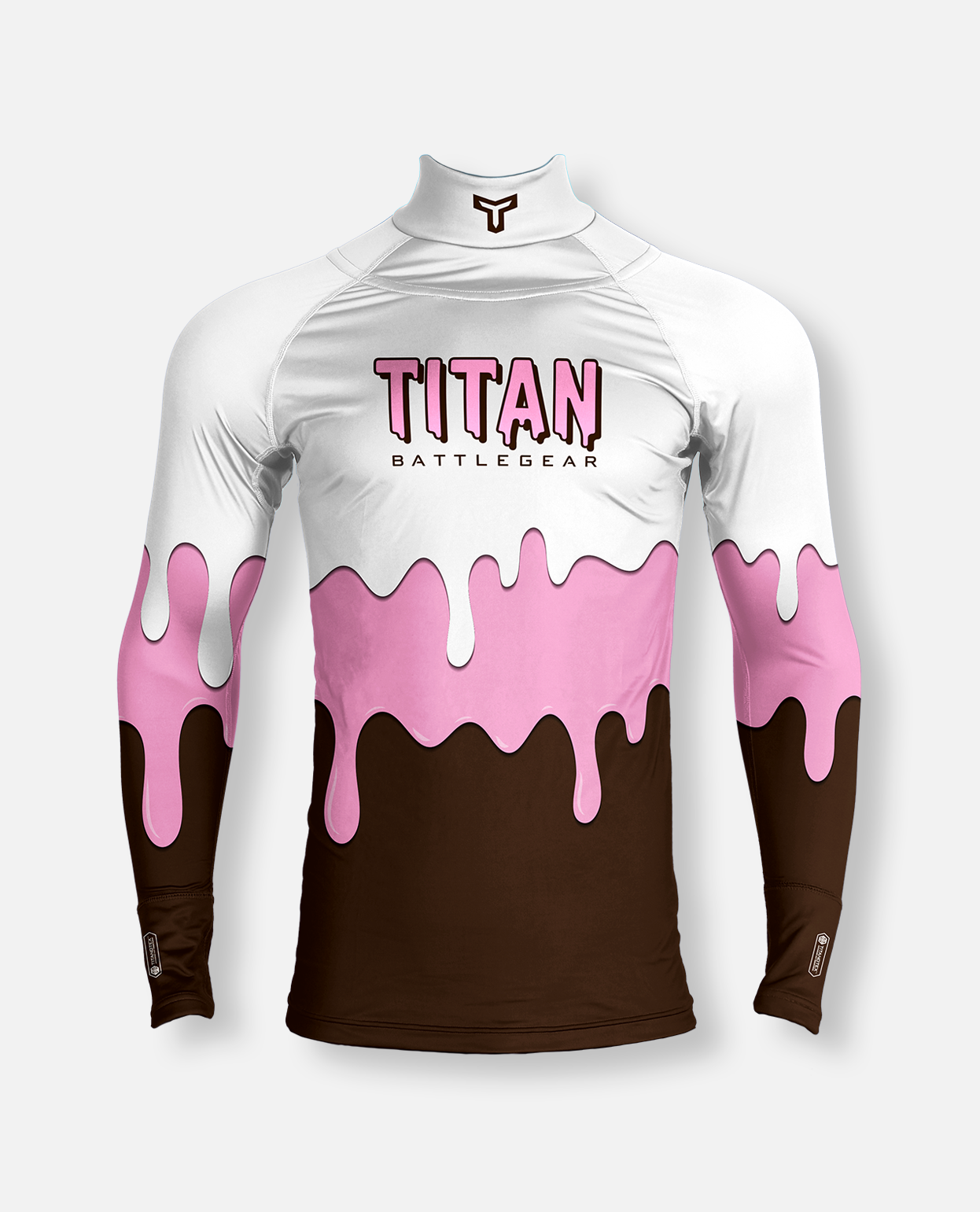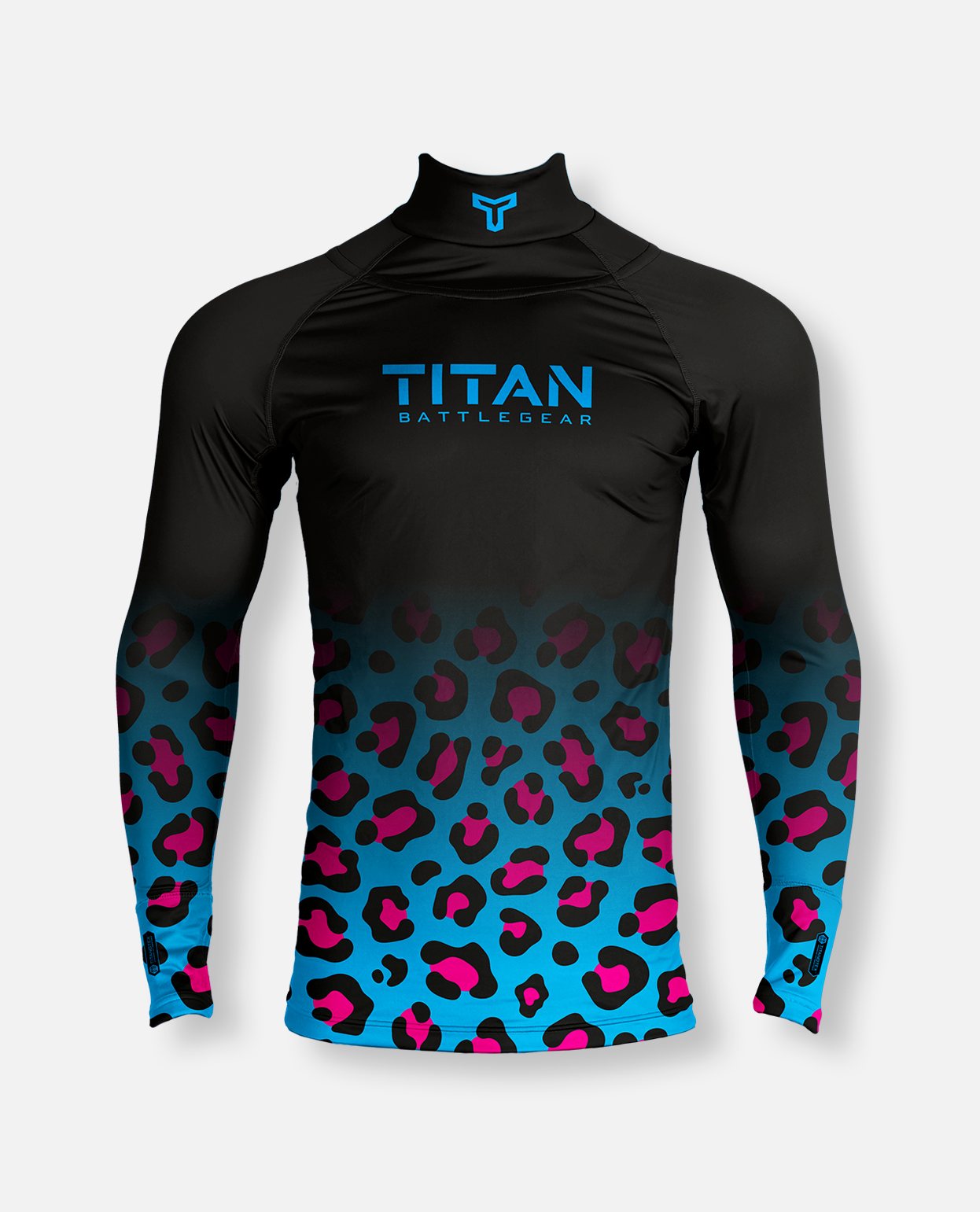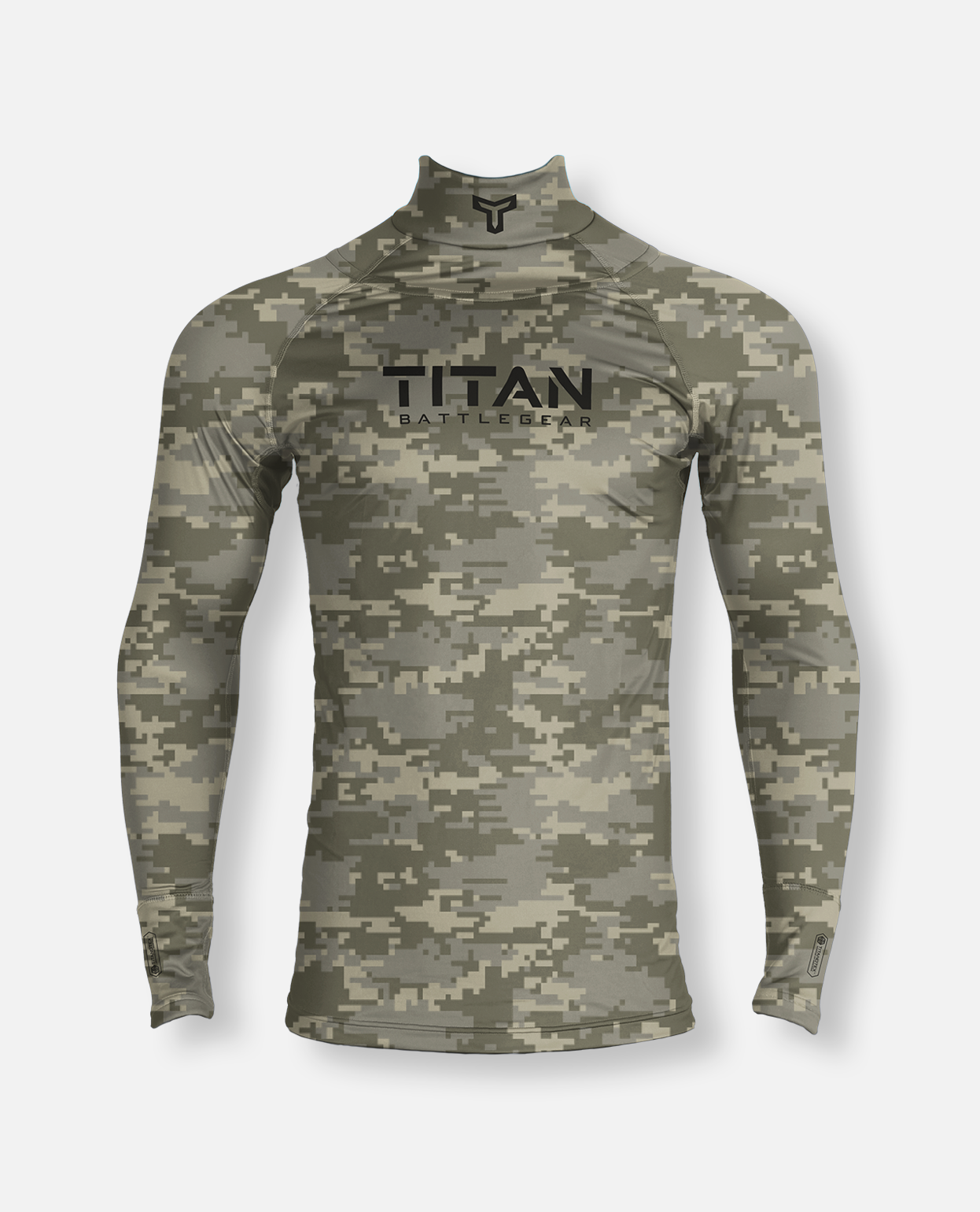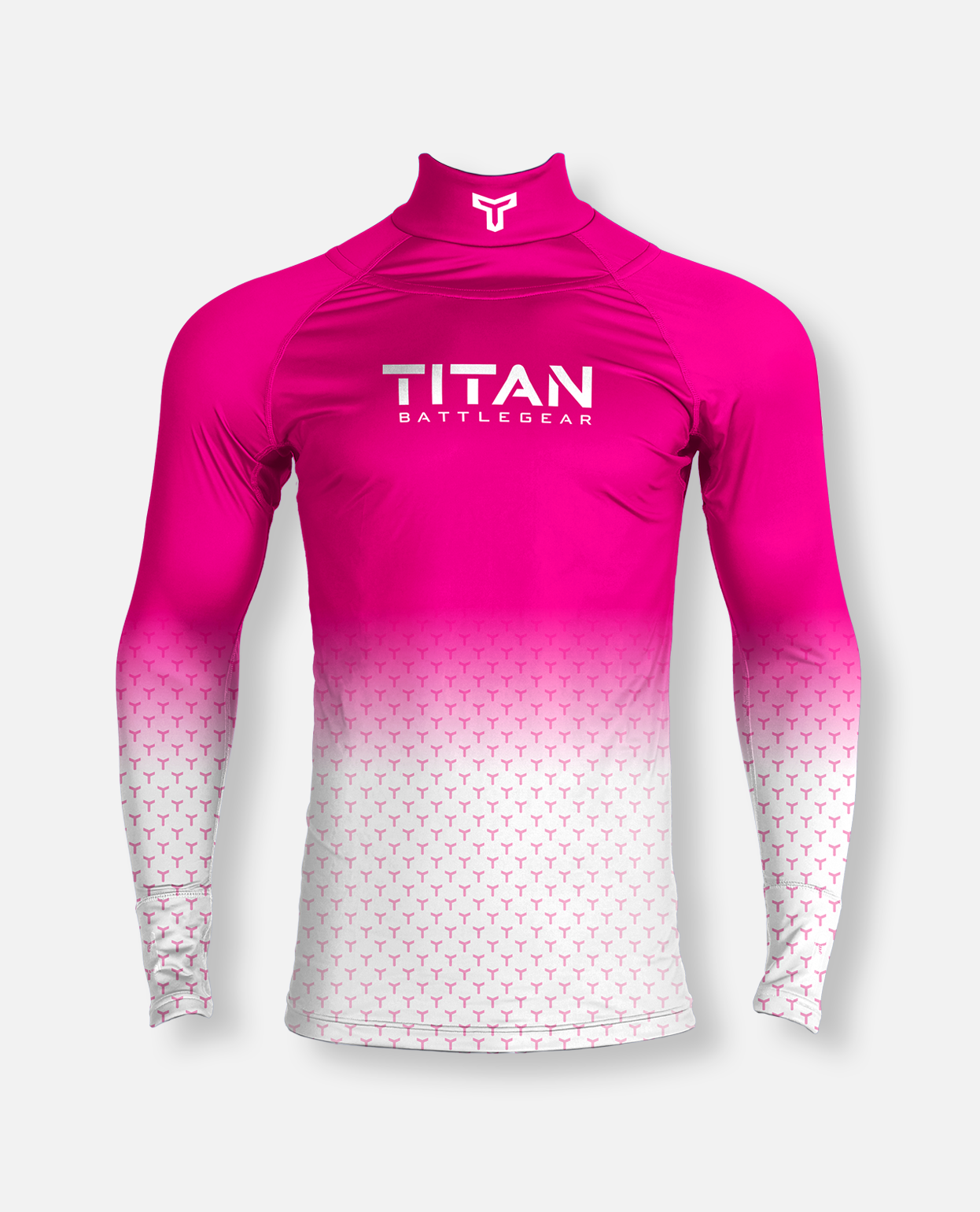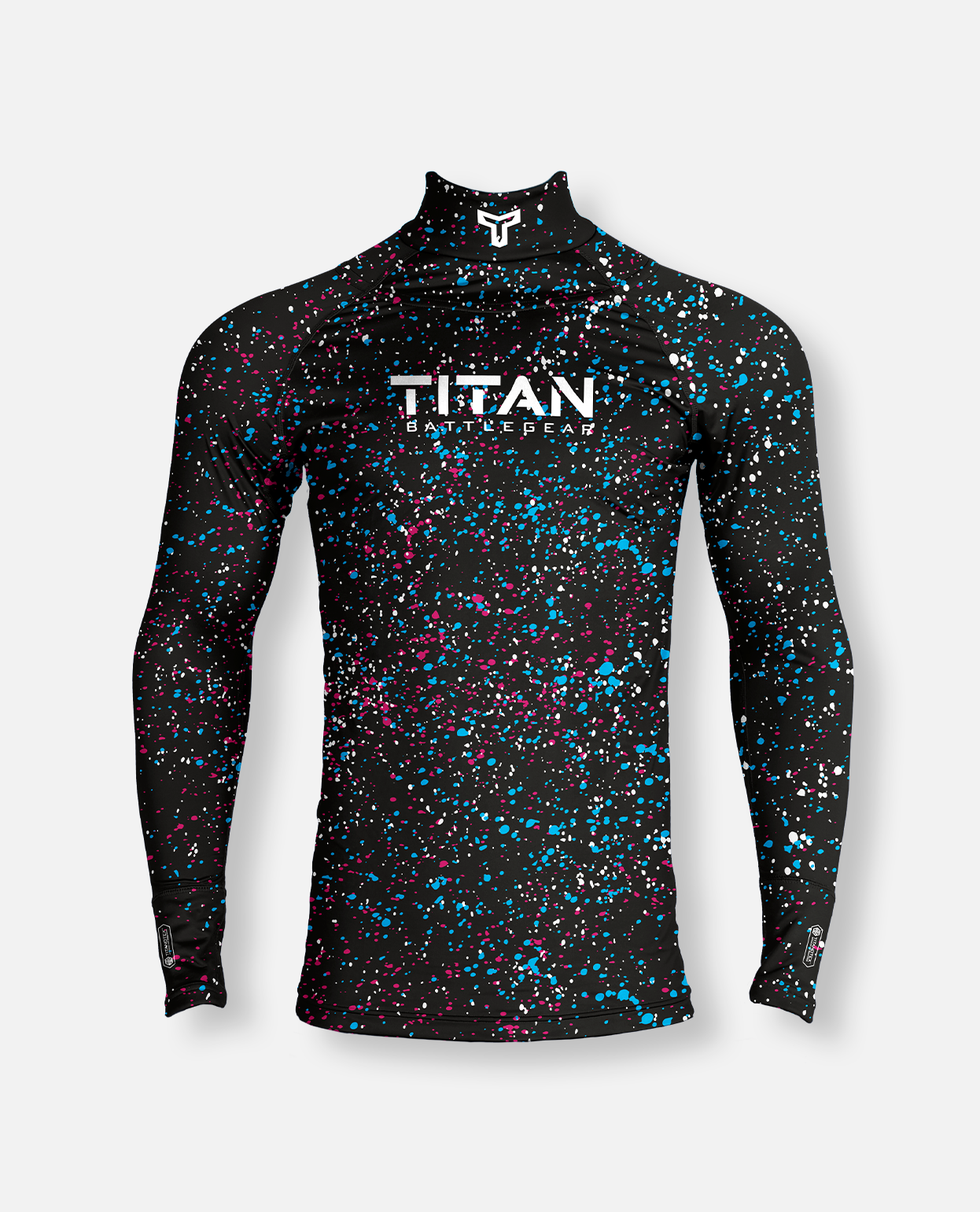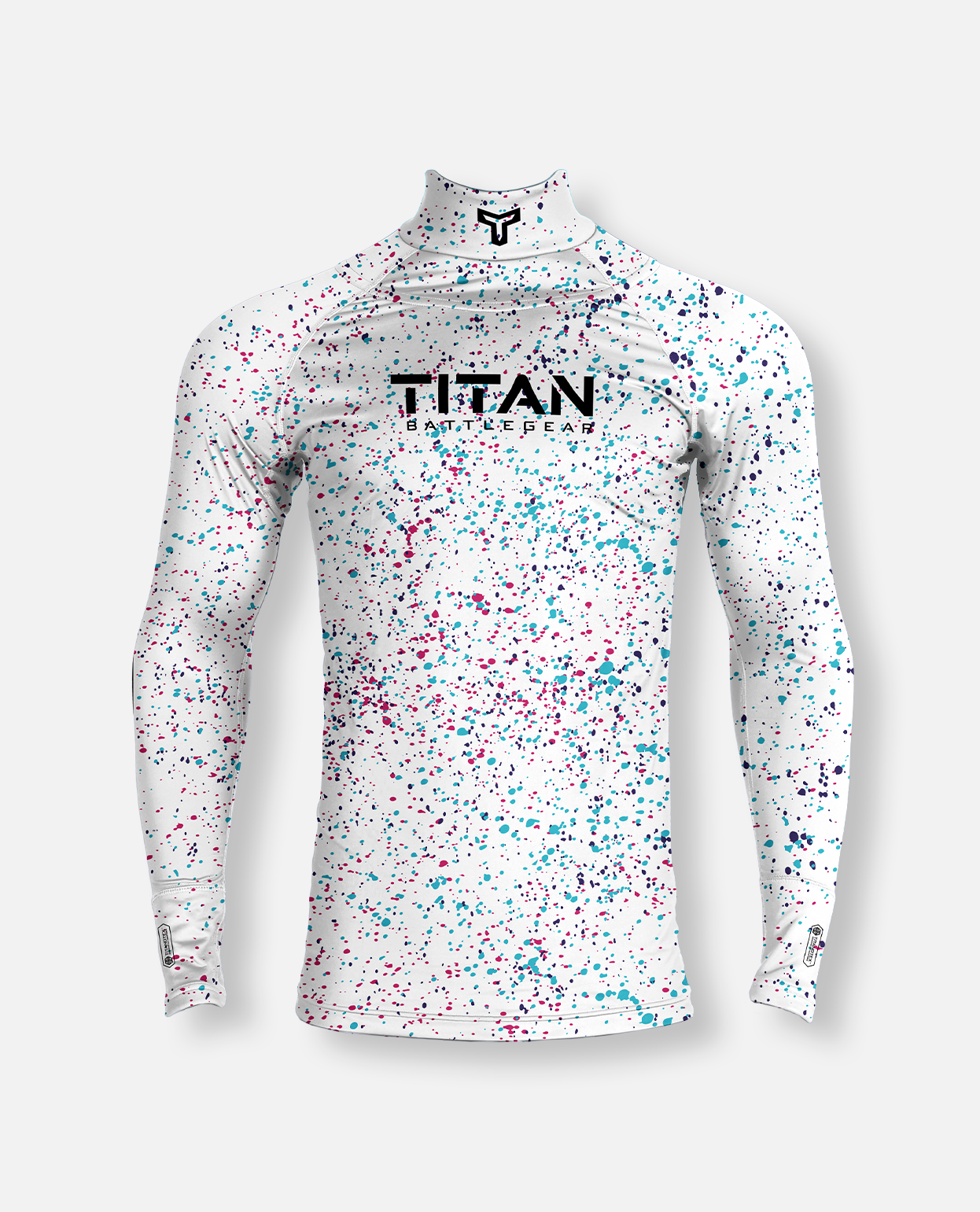Hockey is more than a game – it’s a battle. Every shift and every play is a fight for victory. And in battle, warriors need armor. But, here’s the truth: most so-called “cut-resistant” shirts barely hold up under pressure. That’s why we created Titan Battlegear, but that’s a story for another time.
You may have seen terms like "ANSI A2" or "ANSI A9" on product descriptions, but what do these numbers actually mean? More importantly, how do they impact your player’s safety on the ice? Let’s break down what ANSI cut levels mean.
What is ANSI cut resistance?
The American National Standards Institute (ANSI) sets safety standards for protective materials, including those used in hockey gear. The cut-resistance scale runs from A1 (least resistant) to A9 (most resistant) based on how much force a material can withstand before being cut through.
The ANSI cut levels explained:
-
A1 - A3: Low cut resistance and paper-thin protection. This is about as protective as a long-sleeve cotton t-shirt – aka, completely useless. A blade will slice through this like a hot knife through butter.
-
A4 - A5: Moderate protection. Better, but still not hockey-ready. Think thin work gloves or lightweight industrial gear, stuff designed for splinters, not skate blades. You might slow down a cut, but not stop it.
-
A6 - A7: High protection and heavy-duty, but still not top-tier. Used in heavy-duty gear, but why settle?
-
A8 - A9: Maximum cut resistance. Used in high-risk applications like industrial safety gloves and Titan Battlegear’s Titanotex™ fabric. This is the level players actually need and anything less is a gamble.
Bottom line – if your gear isn’t A8 or A9, it’s not built for hockey.
Most "cut-resistant" hockey shirts on the market fall between A2 and A3, meaning they barely slow down a skate blade. Titan Battlegear's Titanotex™ fabric is rated A8-A9, engineered for players who refuse to take chances.

Why ANSI A9 matters for hockey players
Hockey is a game of milliseconds, of split-second decisions, of speed and power. The last thing your player should be thinking about is whether their gear will hold up. Here’s why ANSI A9 cut resistance is a game-changer:
-
Protection against life-threatening injuries
A skate blade can exert hundreds of pounds of force per square inch. That’s more than enough to gut through standard fabrics like butter. An A2-rated shirt may slow a cut, but it won’t stop it. Titanotex™ A9-rated fabric is built to withstand that force, preventing deep lacerations. -
More coverage without bulk
Some brands use foam padding instead of real cut-resistant materials. Foam absorbs some impact, but it won’t stop a blade. Titanotex™ delivers elite-level cut protection without adding unnecessary weight and slowing your player down. We don’t compromise on speed, agility, or power. -
Verified, lab-tested safety
Many brands claim "cut resistance" without providing actual ratings. Titan Battlegear's fabric is independently tested and ANSI-certified, so you know exactly what you're getting - rink-ready safety.
How to choose the right cut-resistant shirt
Here are three things to help you make the right choice:
-
Check the ANSI rating: If a shirt doesn’t list its official ANSI level, it’s probably low-quality.
-
Look for breathable, flexible materials: Maximum protection shouldn’t come at the cost of comfort or mobility. Protection means nothing if your player feels restricted.
-
Trust proven technology: Titanotex™ A9 fabric is used by players who demand the best. When it comes to safety, second-best isn’t an option. Shop Titan Battlegear.
Final thoughts: Make the safe choice
We get it – we’re hockey parents too. You want your players to be safe, but you also want them to be unstoppable. The right protection can mean the difference between a close call and a devastating injury. But when they’re rocking Titan Battlegear, they’re protected and primed for performance.
Titan Battlegear is committed to raising the standard for safety with our elite-level Titanotex™ fabric. When the stakes are high, confidence comes from knowing you’re wearing the best protection available.


